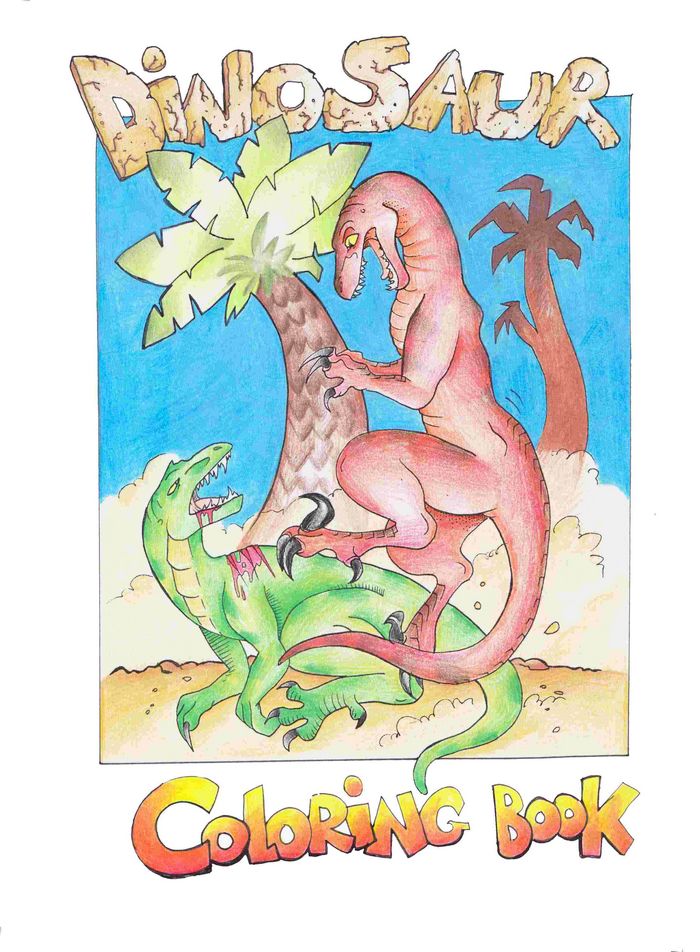This skeleton was instrumental in driving the Dinosaur Renaissance
Read on to find out how a light framed, agile creature with big prey-spotting eyes and rapier-sharp claws designed for slashing turned the idea of slow-moving, slow-witted dinosaurs on its head.
Light, small, fast, with big eyes which missed nothing, Deinonychus was a fearsome predator of the Cretaceous. Although not quite as famous as Velociraptor, which was immortalised in Jurassic Park, it was perhaps a more significant find in palaeontological circles. Until the discovery of Deinonychus, dinosaurs were thought to be slow-moving, dim-witted laggards. But a light framed, agile creature with big, prey-spotting eyes and rapier-sharp claws designed for slashing turned the idea of slow-moving, slow-witted dinosaurs on its head. The brain to body weight ratio was also high which showed a high level of intelligence.
The second toe of each foot comprised a 13 cm (5 inch) razor sharp scimitar
Deinonychus hunted on two legs and had a large head with sharp teeth set in powerful jaws. It had three large, sharp claws on each hand which took the place of fingers, while on the second toe of each foot comprised a 13 cm (5 inch) razor sharp scimitar. To balance out its fast-turning manoeuvres it had a long tail, stiffened by bony rods. Deinonychus was approximately 3 m (10 feet) long, 1.5 m (5 feet) tall, and weighed up to 80 kg (175 lbs). He stood roughly 1.2 m tall – certainly tall enough to menace a human being, and that includes you.
Hurled ourselves down the slope
The first fossil of Deinonychus was discovered in southern Montana in 1931 by a team led by Barnum Brown, the man who also discovered T Rex. Thirty odd years later, John Ostrom discovered another skeleton of Deinonychus. The discovery was made late one afternoon in August 1964 while tramping along a slope with his assistant, Grant E Meyer. They came upon a large, sharp claw sticking out of an eroded mound. "We both nearly rolled down the slope in our rush to the spot," Ostrom recalled later. I am sure that you and I would also have hurled ourselves down the slope if we had seen those amazing claws sticking out of the ground.
That discovery led Ostrom to revise his thinking
They uncovered a powerful, three-fingered grasping claw and then a foot. After further research, Ostrom determined that the claws and feet belonged to a fleet-footed, predatory dinosaur that lived 125 million years ago. He gave it the name Deinonychus, meaning "terrible claw". That discovery led Ostrom to revise his thinking about how dinosaurs lived and died, which led to the Dinosaur Renaissance, which is ongoing to this day.
If you liked this post, please leave your comments below, share it with a friend, and follow us on Facebook and Instagram here and here.
And seeing that you are here, grab yourself a copy of our free colouring book, which is full of wonderful dinosaurs and other Mesozoic creatures for you to bring back to life.



